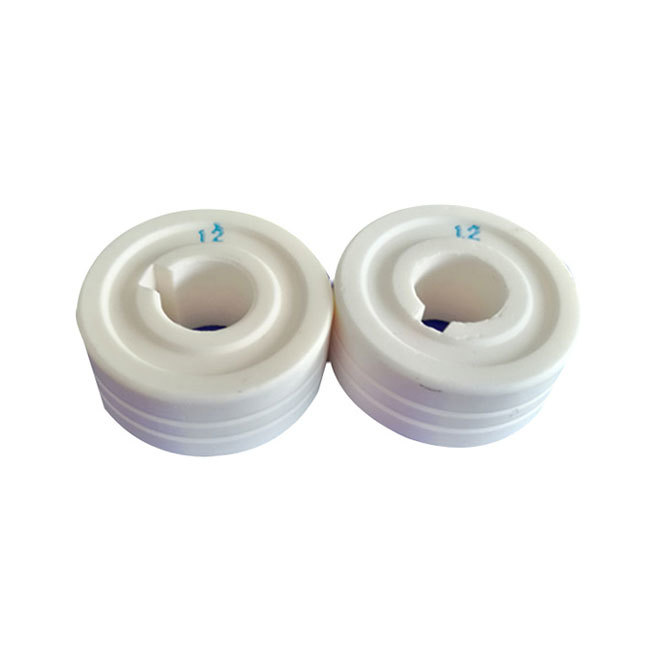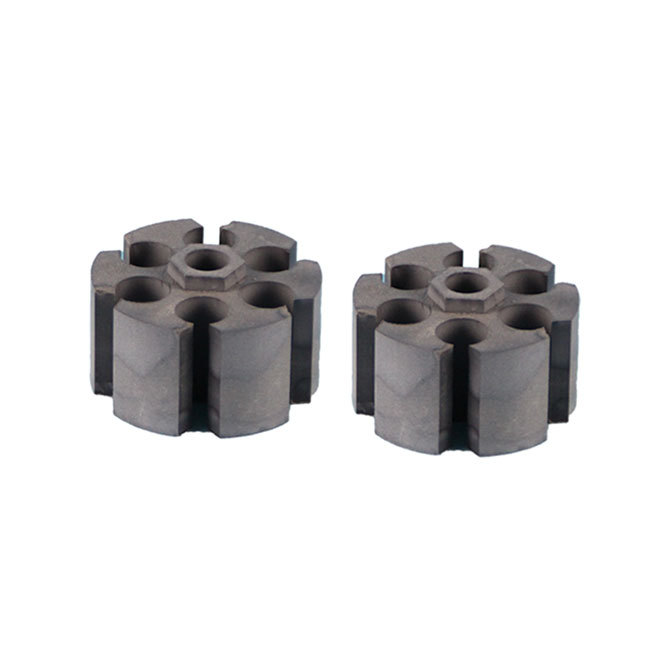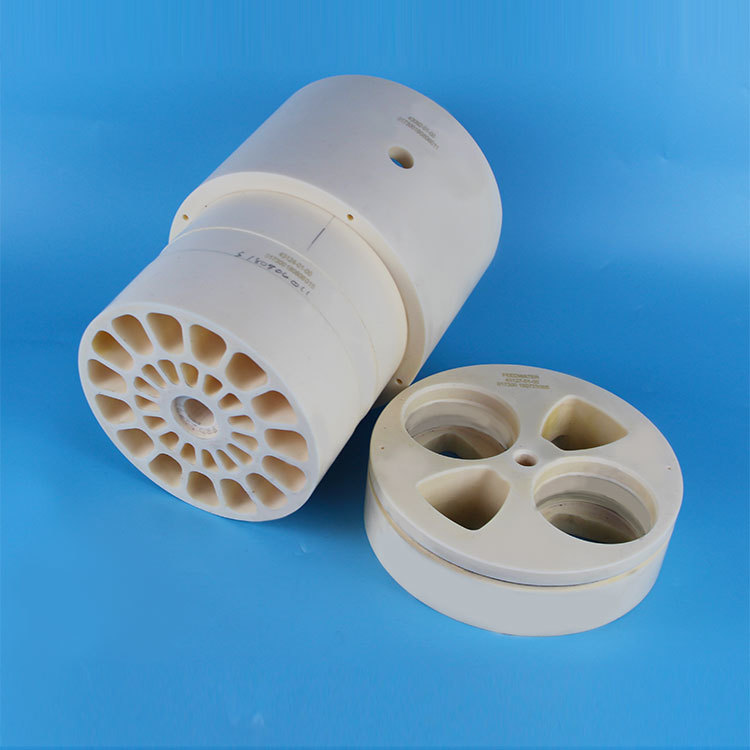




Alumina ceramic plate
Alumina is a well-known and commonly used precision ceramic material. For decades, it was once used in electrical components due to its high electrical insulation properties. Because of its high strength, high corrosion resistance and high wear resistance, it is widely used in our life. Because alumina is a material with relatively balanced mechanical performance parameters, alumina is widely used, including wear-resistant products used in high-temperature industrial furnaces and various electronic components.
keywords:
Aluminum oxide ceramics, silicon nitride ceramics, zirconia ceramics
Category:
Product Details
Alumina is a well-known and commonly used precision ceramic material. For decades, it was once used in electrical components due to its high electrical insulation properties. Because of its high strength, high corrosion resistance and high wear resistance, it is widely used in our life. Because alumina is a material with relatively balanced mechanical performance parameters, alumina is widely used, including wear-resistant products used in high-temperature industrial furnaces and various electronic components. Alumina ceramic substrates are widely known as a fine ceramic material due to their stable chemical and physical properties. Thermal properties: strong heat resistance and thermal conductivity Mechanical properties: high strength and hardness Other properties: high electrical insulation, strong corrosion resistance, high biocompatibility. Application fields of alumina ceramic plate: ◆LED power lighting. ◆High-power power semiconductor modules: semiconductor refrigerators, electronic heaters. ◆Power control circuit, power mixing circuit. ◆Intelligent power components: high frequency switching power supply, solid state relay. ◆Automotive electronics, aerospace and military electronic components. ◆Solar panel components: telecommunications special switches, receiving systems, lasers and other industrial electronics. Low communication loss - the dielectric constant of the ceramic material itself makes the signal loss smaller. High thermal conductivity - the thermal conductivity of alumina ceramics is 15-35 w/mk, the heat on the chip is directly transmitted to the ceramic chip, without the need for an insulating layer, and relatively better heat dissipation can be achieved. More matching coefficient of thermal expansion - the material of the chip is generally Si (silicon) GaAS (gallium arsenide), the thermal expansion coefficient of the ceramic and the chip is close, and it will not cause too much deformation when the temperature difference changes drastically, causing problems such as desoldering of the circuit and internal stress. High bonding strength - the bonding strength between the metal layer and the ceramic substrate of Sliton ceramic circuit board products is high, and the maximum can reach 45MPa (greater than the strength of the 1mm thick ceramic sheet itself). Pure Copper Through Hole - Sliton ceramic DPC process supports PTH (plated through hole) / Vias (via hole). High operating temperature - ceramics can withstand high and low temperature cycles with large fluctuations, and can even operate normally at high temperatures of 500-600 degrees. High Electrical Insulation - Ceramic materials are inherently insulating and can withstand high breakdown voltages.
Message








